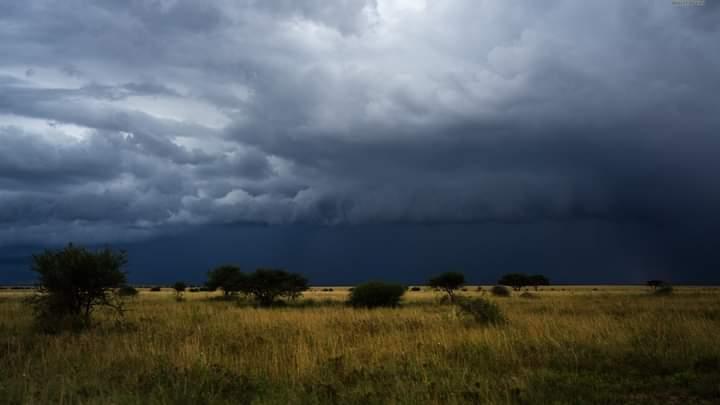Africa-Press – Namibia. THE region of the Southern African Development Community (SADC) is likely to receive good rainfall during the next agricultural season, which kicks off in November 2021 and will end in March 2022. Climate experts are anticipating that there will be an increased chance of normal to above-normal rainfall during the season ending next year.
The Southern Africa Climate Outlook Forum (SARCOF), in a press statement, noted that increased chances of above-normal to normal rainfall in the northern and southern half of Zimbabwe, eastern half of Botswana, north and central South Africa, Lesotho, Eswatini, southern Mozambique and Mauritius, while the south-western and most of Angola, the western fringes of Namibia and South Africa, southern and northern Madagascar, Mauritius, Seychelles, and Comoros, are expected to receive normal to above-normal rainfall.
During the December 2021 to February 2022, there are increased chances of normal to above-normal rainfall in DRC, Zambia, Malawi, bulk of Angola, most of Zimbabwe, greater part of Mozambique, western and eastern half of Tanzania, south-western Angola, most of Namibia, western half of Botswana, central South Africa, Lesotho, southernmost, western and eastern-most Madagascar, Mauritius, Seychelles, and Comoros.
The southern part of Zimbabwe, eastern half of Botswana, northen South Africa, Eswatini, and southern Mozambique are forecast for increased chances of above-normal to normal rainfall.
The rainfall outlook for the 2021/2022 season was formulated by climate scientists from the SADC National Meteorological and Hydrological Services (NMHSs), and the SADC CSC.
During the two-day meeting, participants discussed the implications, preparedness and mitigation strategies for the 2021/22 rainfall season on agriculture and food security, livestock, the health sector, disaster risk management and conflict and early warning, water, energy and the private sector, and on communication and the media.
Climate experts examined the potential impacts of the forecast season and said there was a likelihood of locust outbreaks, crickets, and the fall armyworm. They have urged member states to intensify surveillance to minimise damage to crops.
They also said the season was likely to bring cyclones and floods, and urged member states to conduct education and awareness campaigns and have places to shelter those likely to be affected.






